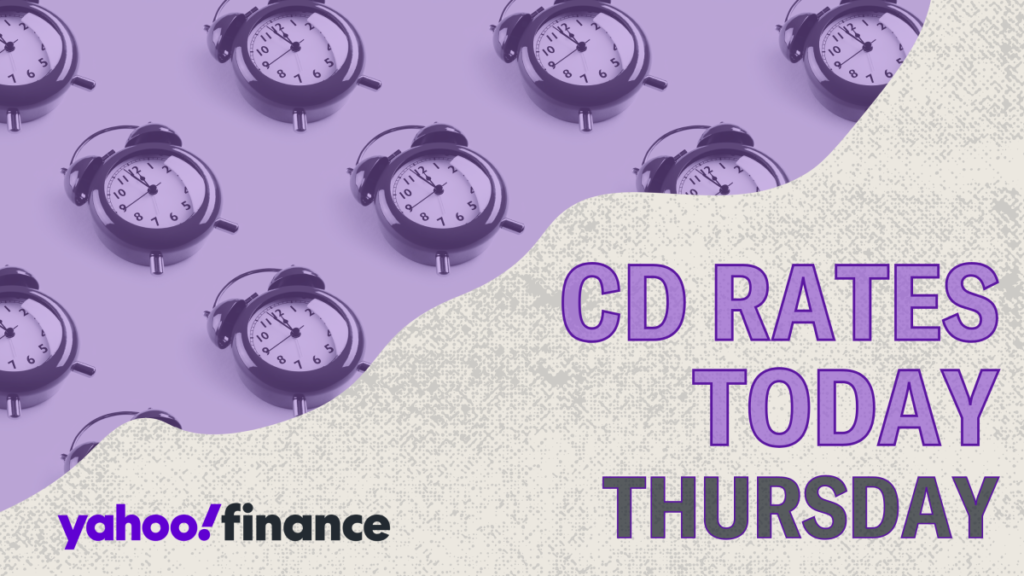Certificates of Deposit (CDs) offer a secure option for individuals looking to store their savings, often providing higher interest rates than traditional checking and savings accounts. These interest rates, known as Annual Percentage Yields (APY), can vary significantly, making it essential for consumers to compare options. Currently, CD rates demonstrate a relative high compared to historical averages, particularly for shorter terms of around one year or less, where top offers can reach about 4.50% APY. In contrast, longer-term CDs generally yield slightly lower rates; however, offerings around 4% APY are still common for terms of two or three years. Notably, Barclays Bank currently boasts the highest CD rate available at 4.65% APY for its 6-month CD, and there is no minimum opening deposit required.
The upward trend of CD rates can be attributed to the Federal Reserve’s decision to raise its target rate starting in March 2022, in response to rising inflation. This marked a significant increase after a prolonged period of low interest rates. Recently, however, the Federal Reserve has begun to lower the federal funds rate in light of easing inflation and a more favorable economic landscape. Although this action does not directly dictate deposit interest rates, a correlation exists. Typically, when the Fed lowers rates, financial institutions follow suit. As a result, the current trend indicates that CD rates may decline soon, making it an opportune time to lock in favorable rates before they potentially decrease.
Opening a CD account involves a series of relatively straightforward steps, although specific procedures may vary among financial institutions. Researching CD rates is a crucial first step, as it allows potential account holders to find competitive offers. It’s vital not only to assess the interest rate but also to consider other factors such as term lengths, minimum opening deposits, and fees. Selecting a CD that aligns with individual financial goals is essential—opting for a term that is excessively long may result in an early withdrawal penalty if funds are needed before maturity.
To open a CD, individuals will need to prepare certain documentation to facilitate the application process. This typically includes personal identification such as a Social Security number, address, and identification number from a driver’s license or passport. Having these documents readily available can expedite the procedure. With many financial institutions offering online applications, completing this step is often quick, requiring only a few minutes. Some institutions may necessitate in-branch visits, but the approval process tends to be immediate, allowing consumers to move forward quickly.
Once the application is approved, the next step is to fund the account. This step generally allows individuals to transfer funds from another account or submit a check via mail. It is essential to understand the funding process as it may involve maintaining a balance that meets any stipulated minimum requirements. Considerations about when and how to fund a CD are crucial, especially for individuals keen on maximizing the interest earned during the term.
In summary, CDs are a secure method for savings, often yielding higher interest rates compared to traditional accounts. With current rates at a comparatively high point due to previous increases by the Federal Reserve, now is seen as an ideal period to invest in CDs before potential rate declines. The steps to open a CD account are straightforward yet require thorough research and preparation to optimize interest earnings while accommodating individual financial situations. Understanding the nuances of CD accounts can aid consumers in making educated decisions that align with their savings objectives, ensuring a sound financial future.

